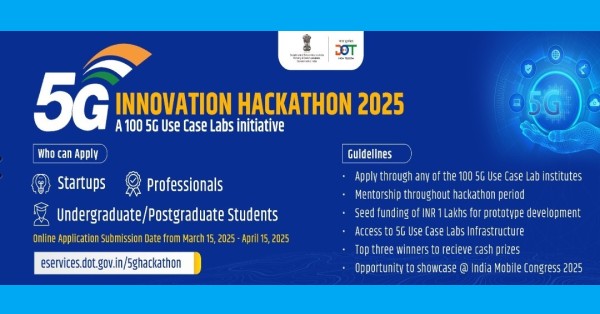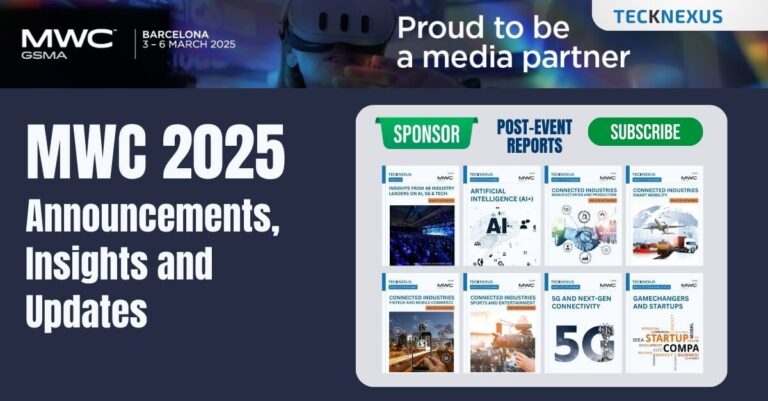Optical satellite communication, an advanced form of transmitting data via light waves rather than traditional radio frequencies, is revolutionizing how we think about global connectivity. This cutting-edge technology offers the promise of vastly higher data rates, increased security, and reduced latency, making it a pivotal advancement in the realm of satellite communications. As the demand for faster, more reliable, and secure communication networks grows, optical satellite communication stands out as a key player in meeting these needs.
The Basics of Optical Satellite Communication
Optical satellite communication involves the use of lasers to transmit data between satellites and ground stations. Unlike traditional radio frequency (RF) communication, which uses electromagnetic waves in the microwave and radio spectrum, optical communication uses light waves, typically in the infrared spectrum. This fundamental difference offers several advantages, including higher bandwidth capacity and lower interference.
The core components of an optical communication system include a laser transmitter, a receiver with a photo-detector, and an optical fiber or free-space optical (FSO) link. The laser transmitter encodes data onto a light beam, which is then transmitted through space or along optical fibers. The receiver, equipped with a photo-detector, captures the incoming light signal and decodes the data. This process allows for extremely high data rates and minimal signal degradation over long distances.
Advantages Over Traditional RF Communication
One of the primary advantages of optical satellite communication is its ability to support much higher data rates than RF communication. Optical frequencies are orders of magnitude higher than those used in RF systems, which translates to a significantly greater capacity for data transmission. This makes optical communication ideal for applications requiring the transfer of large amounts of data, such as high-definition video streaming, real-time data analysis, and cloud computing.
Moreover, optical communication systems are less susceptible to interference and eavesdropping. Light waves used in optical communication do not suffer from the same level of electromagnetic interference that RF waves do. This results in a more stable and reliable connection, particularly in environments with high levels of RF noise. Additionally, the narrow beam width of laser signals makes it more difficult for unauthorized parties to intercept the data, enhancing the security of the transmission.
Another benefit is the potential for reduced latency. Optical signals travel at the speed of light, offering the lowest possible latency for data transmission. This is crucial for applications that require real-time communication, such as remote surgery, autonomous vehicle navigation, and financial trading.
Challenges and Solutions
Despite its many advantages, optical satellite communication faces several challenges. One of the primary hurdles is atmospheric attenuation. The Earth’s atmosphere can absorb and scatter light signals, particularly in adverse weather conditions such as rain, fog, and clouds. This can lead to signal loss and reduced reliability of the communication link.
To mitigate these effects, various techniques are employed. Adaptive optics, for instance, can correct for distortions caused by atmospheric turbulence. This technology uses deformable mirrors controlled by computer algorithms to adjust the light beam in real-time, maintaining signal integrity. Additionally, hybrid systems that combine optical and RF communication can provide a fallback mechanism, ensuring continuous communication even when optical links are compromised.
Another challenge is the precise alignment required for optical links. The narrow beam width of laser signals necessitates highly accurate pointing and tracking systems to maintain the connection between the satellite and the ground station. Advances in satellite technology, such as the development of sophisticated gimbals and control algorithms, are addressing this issue, enabling more reliable optical communication links.
Applications and Future Prospects
The potential applications of optical satellite communication are vast and varied. In the realm of global internet connectivity, it can provide high-speed internet access to remote and underserved areas, bridging the digital divide. Companies like SpaceX, with their Starlink project, are already exploring the use of optical inter-satellite links to create a low-latency global internet network.
In defense and security, optical communication offers secure and high-speed communication links for military operations, enhancing the capabilities of command and control systems. Additionally, the scientific community can benefit from optical communication for deep-space missions, where high data rates and low latency are critical for transmitting large volumes of data back to Earth.
Looking ahead, the integration of quantum communication with optical satellite systems presents exciting possibilities. Quantum communication offers theoretically unbreakable encryption, leveraging the principles of quantum mechanics to secure data transmission. Combining this with the high data rates of optical communication could lead to ultra-secure and efficient communication networks.
These insights are based on a report on Optical Satellite Communication Market by Transparency Market Research.


















